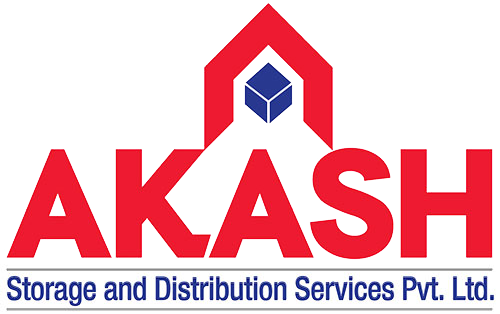In today’s fast-paced global market, supply chain efficiency is the key to staying competitive. Third-party logistics (3PL) providers play a crucial role in optimizing operations, reducing costs, and ensuring seamless product movement from manufacturer to end-user. But how exactly do they do it? Let’s explore the ways 3PL providers enhance supply chain efficiency.

-
Optimized Transportation Management
3PL providers leverage advanced logistics technology and vast carrier networks to streamline transportation. By using route optimization, freight consolidation, and real-time tracking, they ensure faster and cost-effective deliveries. Strategic partnerships with multiple carriers to ensure flexibility and cost savings. Use of sustainable transportation solutions to reduce carbon footprint.
Benefits:
- Reduced transportation costs through optimized load planning
- Minimized delays and disruptions with predictive analytics
- Increased visibility and tracking for shipments
-
Inventory and Warehouse Optimization
Efficient warehouse management is at the core of a smooth supply chain. 3PLs use automated inventory systems, AI-driven demand forecasting, and multi-client warehousing to maximize efficiency. Improved inventory accuracy with real-time stock monitoring. Enhanced storage utilization through smart space allocation.
Benefits:
- Reduced holding costs through optimized inventory levels
- Faster order fulfillment with automation
- Scalability to handle seasonal demand fluctuations

Third-party logistics
-
Cost Reduction & Improved Financial Efficiency
One of the biggest advantages of working with a 3PL provider is cost savings. They help companies cut down on operational expenses by sharing infrastructure, negotiating better freight rates, and eliminating inefficiencies. Streamlined logistics operations reduce unnecessary expenditures. Optimized resource allocation enhances overall financial efficiency. Reduced capital investment in warehousing and fleet management.
Benefits:
- Lower overhead costs on storage, labor, and transportation
- Access to bulk shipping discounts through carrier partnerships
- Reduction in costly errors with expert logistics management
-
Technology-Driven Supply Chain Visibility
3PLs utilize cutting-edge logistics software, including real-time tracking, AI-powered analytics, and blockchain-based security to enhance supply chain visibility. Integration of IoT sensors for real-time monitoring of goods in transit. Cloud-based logistics platforms for seamless data sharing across the supply chain. Automated alerts and notifications for potential delays or disruptions.
Benefits:
- Real-time shipment tracking and monitoring
- Predictive analytics for demand planning
- Data-driven decision-making to improve efficiency
-
Risk Mitigation & Compliance Management
Navigating the complexities of customs regulations, trade policies, and unexpected disruptions can be challenging. 3PLs have the expertise to ensure regulatory compliance and minimize risks through proactive problem-solving. Implement contingency plans to mitigate supply chain disruptions. Monitor geopolitical and economic changes to minimize potential risks. Utilize advanced security measures to protect shipments from theft or fraud.
Benefits:
- Reduced risk of shipment delays due to regulatory issues
- Compliance with import/export laws and safety regulations
- Quick adaptation to market changes and disruptions

Third-party logistics
Conclusion
By leveraging advanced technology, extensive networks, and deep industry expertise, 3PL provider’s help businesses reduce costs, improve logistics efficiency, and enhance overall supply chain resilience. For companies looking to stay ahead in a competitive market, partnering with a reliable 3PL provider can be a game-changer.
